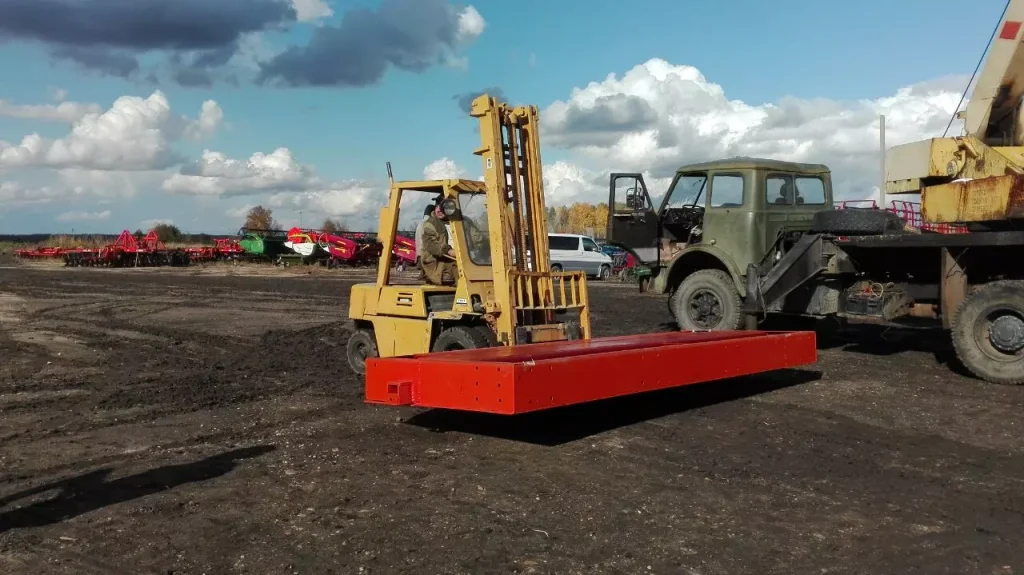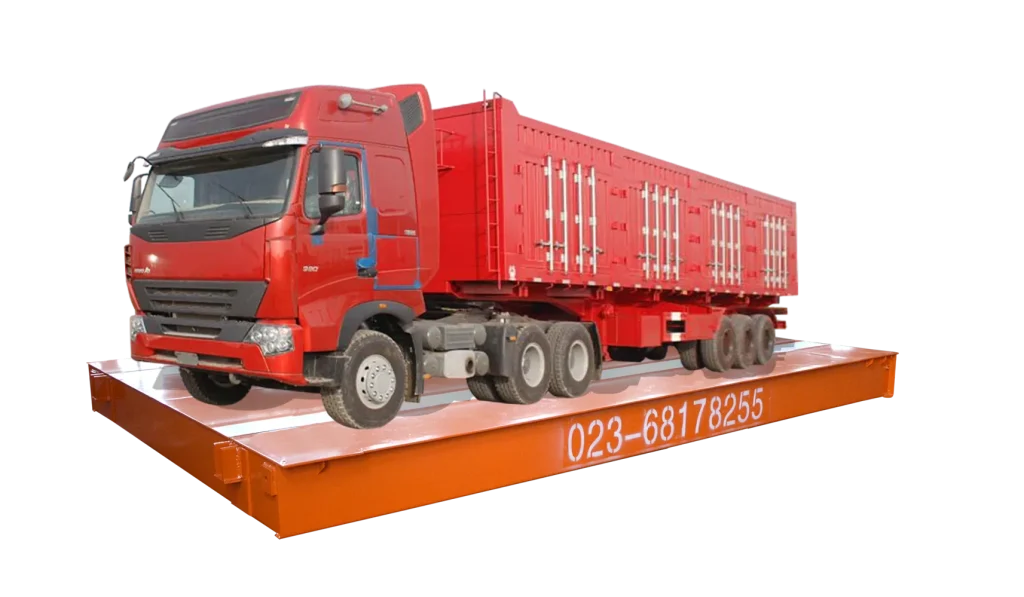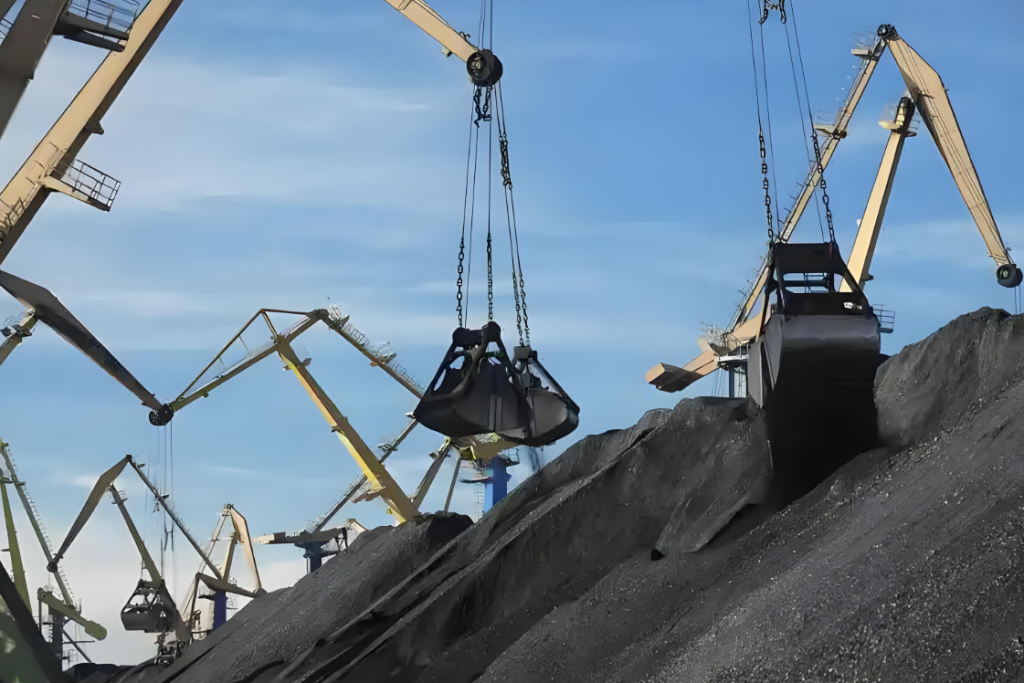Precautions For Installation of Conveyor Scale – Ensure Weighing Accuracy
Conveyor scale, also known as conveyor belt scale, is a measuring equipment for continuous dynamic weighing of industrial materials. As a measuring equipment, accuracy is a key factor reflecting the effectiveness of belt scale use. However, its stability not only depends on the quality and function of the components of the belt scale itself, but also on the correctness of installation. Installing the belt scale according to the correct requirements is a guarantee of stability and accuracy in the subsequent use of the belt scale. This guide will provide you with relevant knowledge to ensure successful installation and provide accurate and reliable weighing data in the coming years.
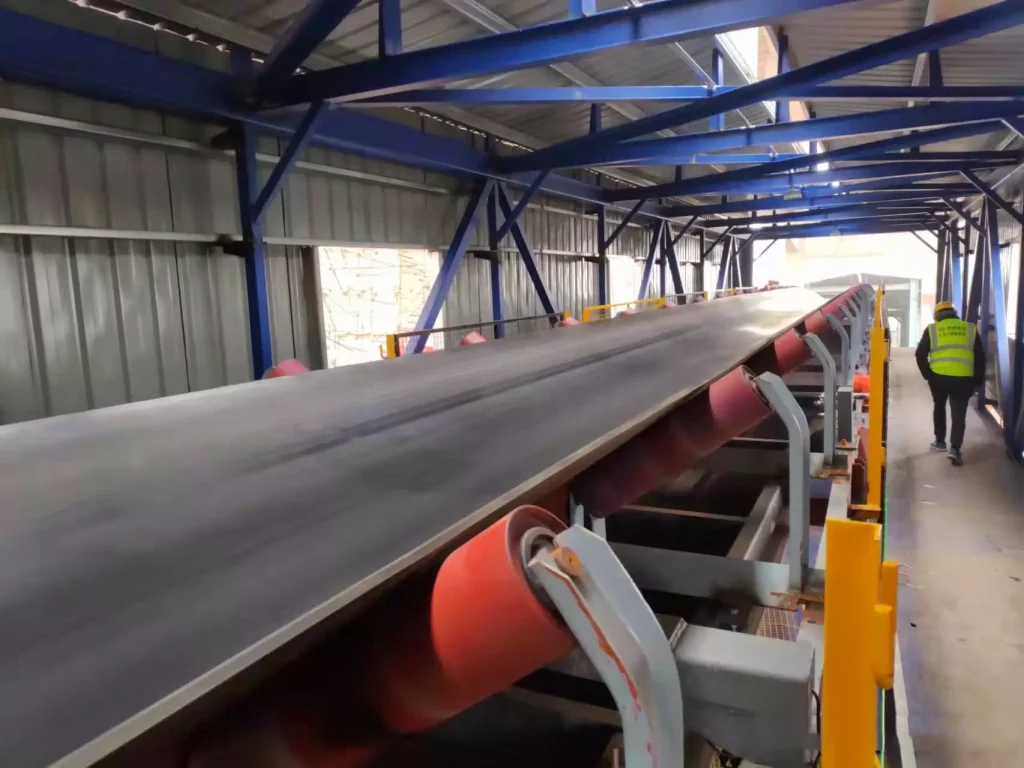
What Factors Need to be Considered Before Conveyor Scales Installation?
The installation of conveyor belt scales requires careful planning to ensure accurate and reliable material measurement. Several factors need to be addressed before installation, including location selection, material flow consistency, and conveyor belt characteristics and maintenance.
Factor 1: Location Selection
The position selection of the scale will affect its accuracy. Ideally, the scale should be placed at the position where the conveyor belt can withstand the minimum tension, usually close to the tail pulley. This can minimize the impact of belt stretching on weight readings. In addition, sufficient length of the linear conveyor before and after the scale is crucial for achieving accurate measurement by evenly depositing the material on the belt. Bending, tilting, or transitions near the scale may disrupt material flow and lead to errors. Installing the scale away from equipment that generates vibration, such as crushers or feeders, is also important for maintaining scale stability and preventing inaccurate readings.
Factor 2: Material Flow Consistency
A consistent material flow is crucial for accurate weighing. The material should be fed onto the conveyor at a uniform rate to avoid fluctuations or gaps that may affect the scale reading. Material characteristics such as size, shape, and moisture content should also be considered. Unstable material flow or changes in these characteristics may cause fluctuations in weight readings and reduce the effectiveness of the scale. For example, conveyors transporting large, irregularly shaped rocks may require a pre grading process to ensure a more uniform material flow on the conveyor belt, thereby making the weighing of the scale more accurate.
Factor 3: Selection and Maintenance of Conveyor Belts
The type and condition of the conveyor belt will directly affect the performance of the scale. The stiffness, tracking, and cleanliness of the conveyor belt are all important factors. A stiff belt will generate additional tension and affect weighing accuracy. Uneven belt trajectories can cause material to accumulate on one side, resulting in inaccurate readings. Regular cleaning and maintenance of the belt are required to remove debris and ensure consistency in material flow on the scale. The use of belt scrapers or other cleaning equipment can help clear materials and transport them back, otherwise it may affect the ability of the scale to accurately weigh materials on the belt. In addition, regularly inspecting the belt to identify and repair any torn, torn or worn parts can help prevent material loss and ensure that the belt continues to operate normally.
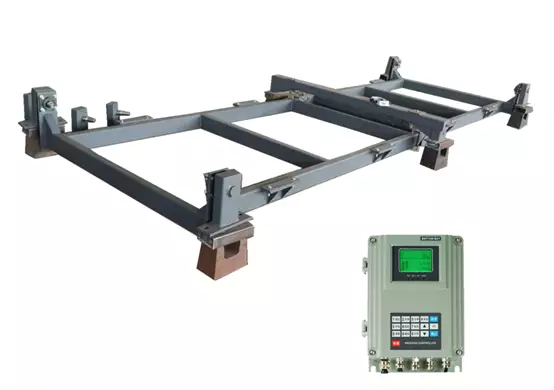
What Factors Need to be Considered When Conveyor Scales Installation?
Once the foundation is established, proper installation is crucial for accurate weighing. Next, we will conduct a more in-depth study on the key factors that require careful attention.
Factor 1: Alignment
Accurate alignment is a crucial factor for accurate and consistent weighing. This involves ensuring that the scale of the conveyor scale is completely horizontal and vertically spanning the entire width of the conveyor belt. Any misalignment can lead to uneven material distribution, resulting in inaccurate weight readings. Usually, techniques such as wire can alignment or laser alignment tools are used to achieve optimal accuracy.
Factor 2: Supporting Structure
The supporting structure of the conveyor scale also affects the accuracy of the scale. Any bending or instability in the structure can cause errors in the weighing process. The supporting structure should be strong enough to withstand the weight of the conveyor, the materials being transported, and the scale itself. Qualified installation personnel will verify the suitability of the structure and make necessary adjustments to the level and stability of the platform.
Factor 3: Idler Wheel and Belt Tracking
The idler wheel of the conveyor belt plays an important role in the smooth flow of materials and accurate weighing. Check the rollers for wear and ensure they rotate freely and align correctly. Misaligned or damaged drums may cause the belt to shift, resulting in uneven distribution of materials on the scale. In addition, proper belt tracking ensures that the material is at the center of the conveyor and weighing scale, thereby minimizing the risk of overflow that may affect weight readings.
Factor 4: Electrical Connection and Grounding
The conveyor scale relies on stable electrical connections to operate normally. A qualified electrician should be responsible for handling all wires, ensuring that they comply with safety regulations, and providing reliable power to the scale and its related electronic equipment. Proper grounding is also crucial for preventing electrical interference that may damage weighing accuracy.
Factor 5: Calibration
After successful installation, calibration is the final step in ensuring that the conveyor scale meets your specific weighing requirements. Certified technicians with traceable weight will perform the calibration process. This involves running an electronic device on a weighing scale with a known weight and adjusting the scale to ensure that the displayed weight accurately reflects the actual weight of the material.
By carefully addressing these factors during the installation process, you can ensure that your conveyor scale provides reliable and accurate weighing data over the long term.
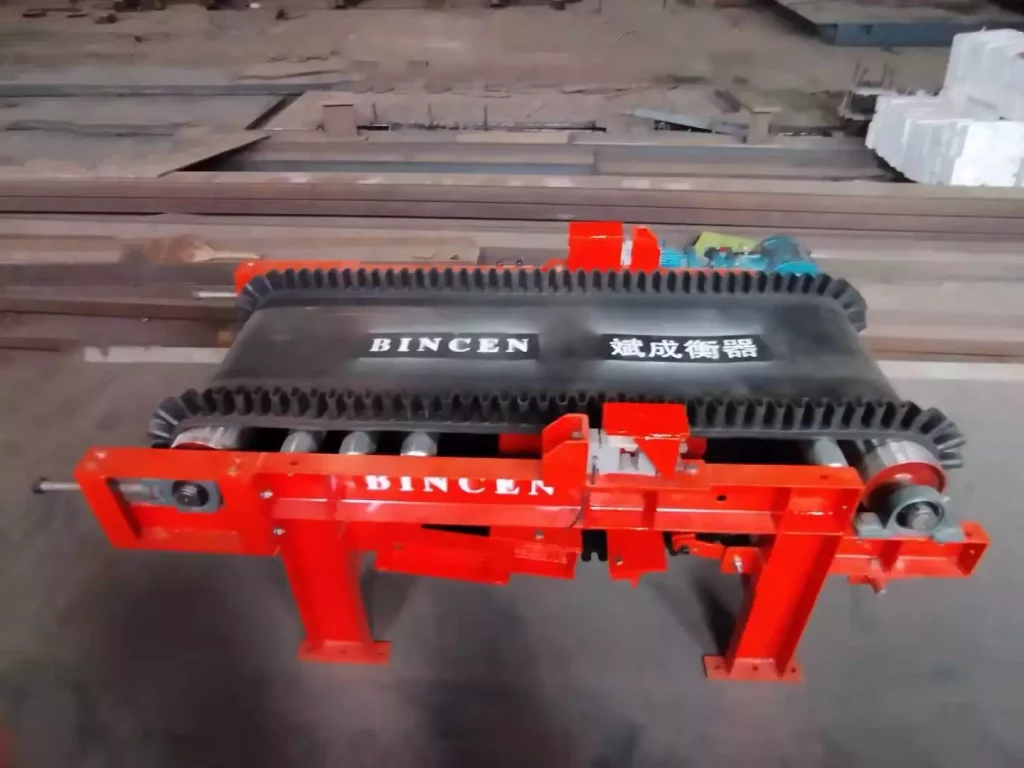
What Ongoing Maintenance to Ensure Conveyor Scales Weighing Accuracy
Maintaining the conveyor scale is an important step in maintaining its accuracy. Like any other precision instrument, conveyor scales require regular attention to ensure they can continuously provide reliable weighing data. Here are some key practices that can be incorporated into your daily life:
1. Regular inspection
Arrange regular inspections to visually evaluate the condition of the conveyor scale. This should include checking the wear of the scale components, such as the weighbridge, weighing drum, and belt wiper. Look for any signs of damage, corrosion, or material accumulation that may affect the performance of the electronic scale. Also, pay close attention to the alignment of the conveyor belt. Even slight misalignment can cause errors in the weighing process.
2. Calibration Plan
Develop a regular calibration plan for your conveyor scale. The calibration frequency depends on several factors, including the type of weighing material, the volume of processing, and the required level of accuracy. A good starting point is to consult the manufacturer’s advice. However, factors such as changes in material properties or significant fluctuations in throughput may require more frequent calibration. Regular calibration ensures that your conveyor scale remains within the specified precision tolerance range and helps identify any potential issues before they escalate.
3. Cleaning
Regularly clean the scale and surrounding area to prevent material accumulation. The accumulation of materials on the weighing scale can seriously affect its accuracy. The cleaning frequency depends on the material being processed – sticky or damp materials require more frequent cleaning than dry, freely flowing materials. Use appropriate cleaning methods that will not damage the scale components. For specific cleaning procedures, please consult the manufacturer of the conveyor scale for advice.
By implementing a comprehensive maintenance plan that includes regular inspections, calibration, and appropriate cleaning procedures, you can ensure that your conveyor scale continuously provides accurate and reliable weighing data for the long term. This not only optimizes your production process, but also helps maintain inventory control and ensure compliance with industry regulations.
Why Choose BINCEN as Your Conveyor Scales Manufacturer?
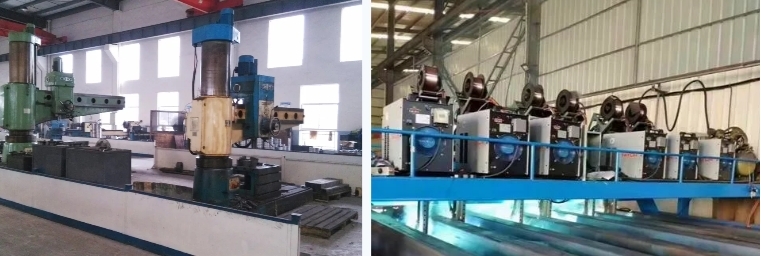
BINCEN, a leading conveyor scales manufacturer, offers a comprehensive range of high-precision and reliable conveyor scale solutions. Our team of experts will guide you through every step of the process, from selection to installation and ongoing maintenance. Here’s why BINCEN is your ideal partner:
- Unmatched Expertise: With years of experience, BINCEN engineers design and manufacture conveyor scales to meet your specific needs and material handling requirements.
- Superior Quality: We use only the highest-grade materials and cutting-edge technology to ensure long-lasting performance and weighing accuracy.
- Commitment to Service: BINCEN provides exceptional after-sales support, including installation guidance, calibration services, and readily available spare parts.
If you have any questions about the conveyor scale, please feel free to contact BINCEN. Our technique and service team is always standing by.

